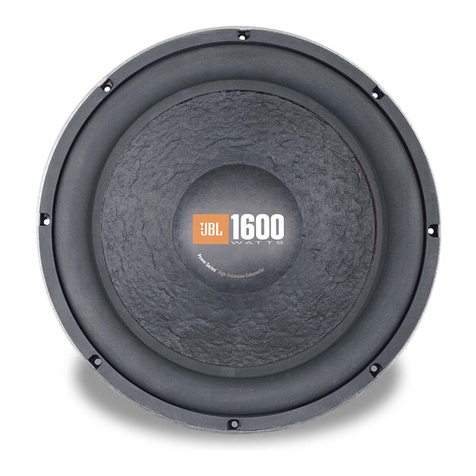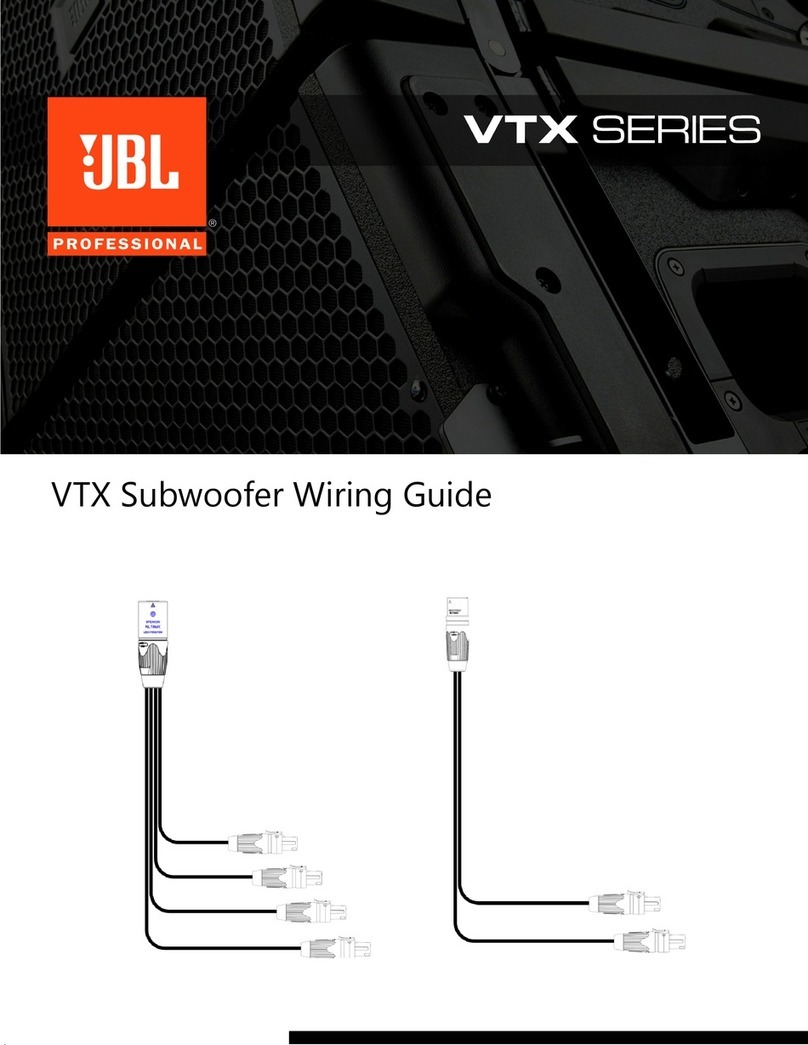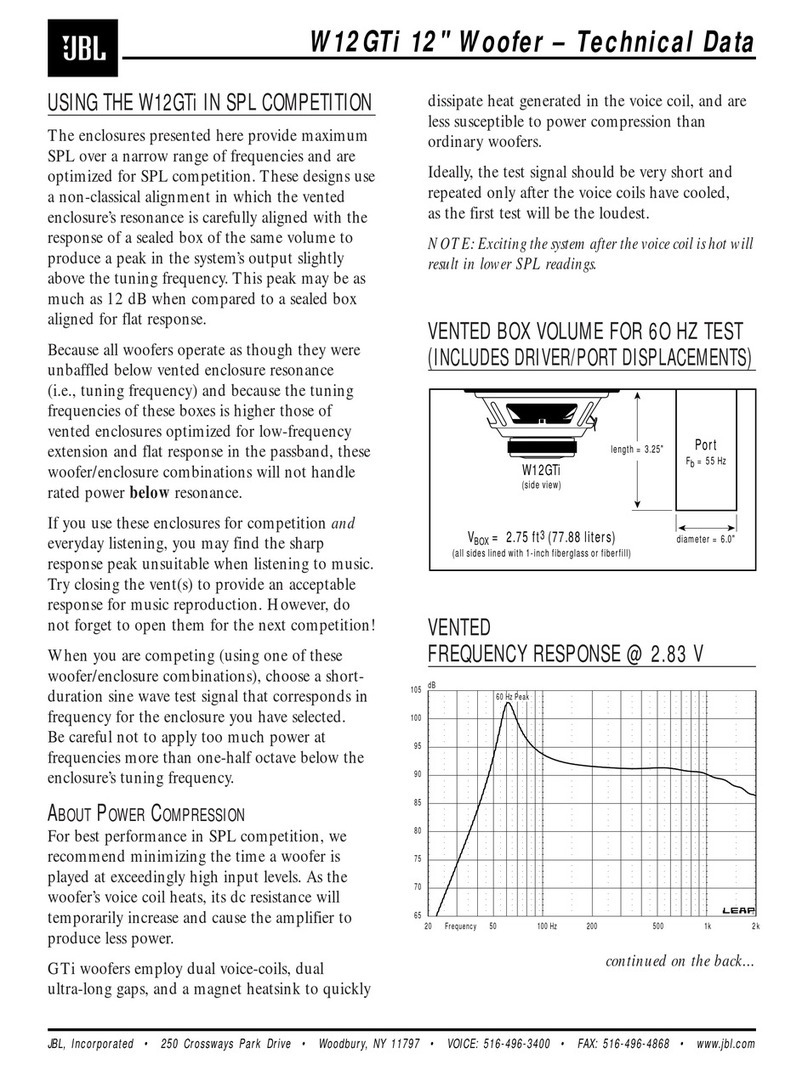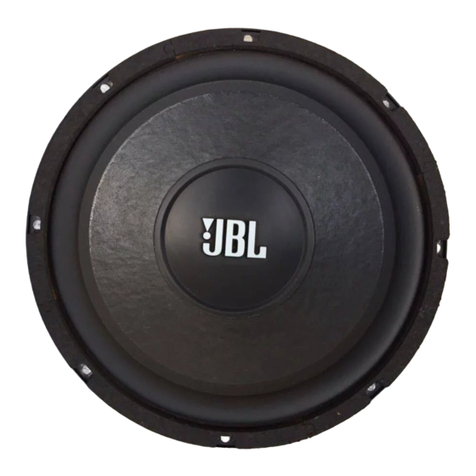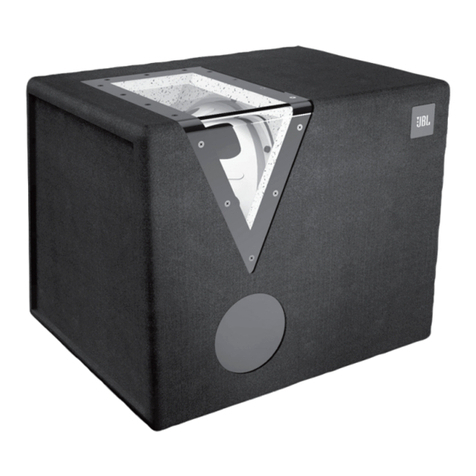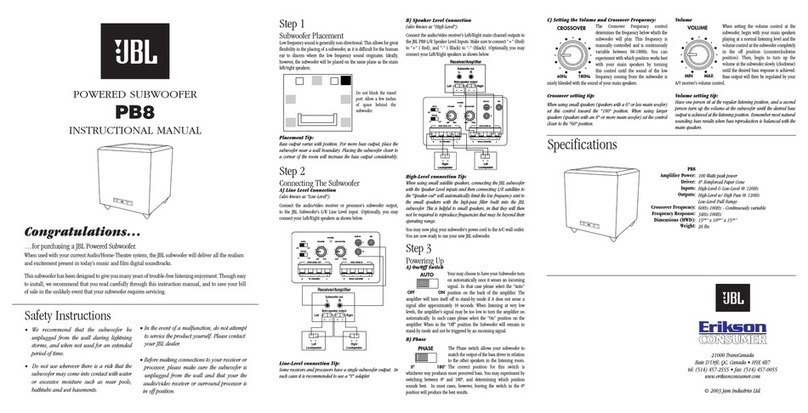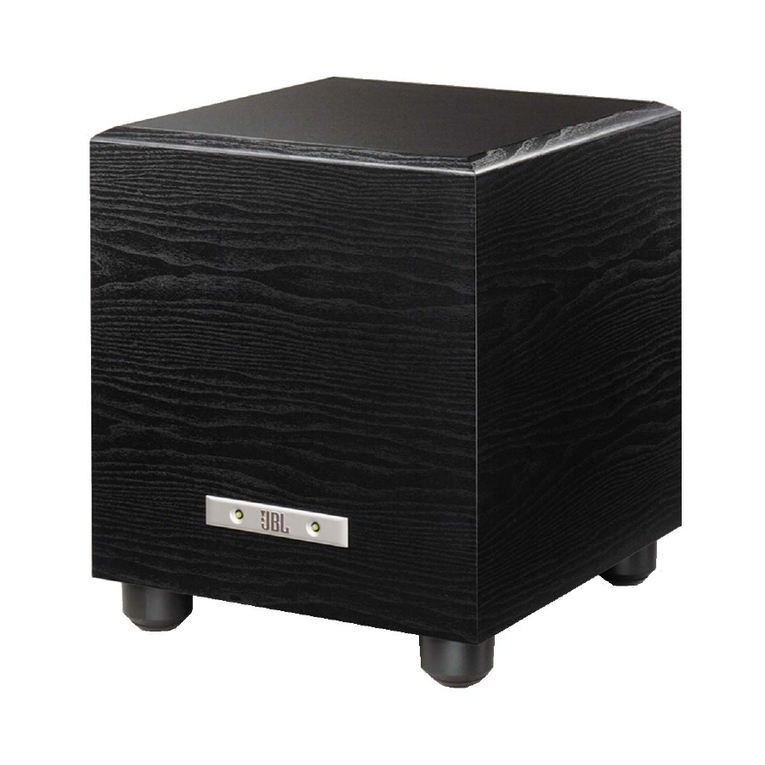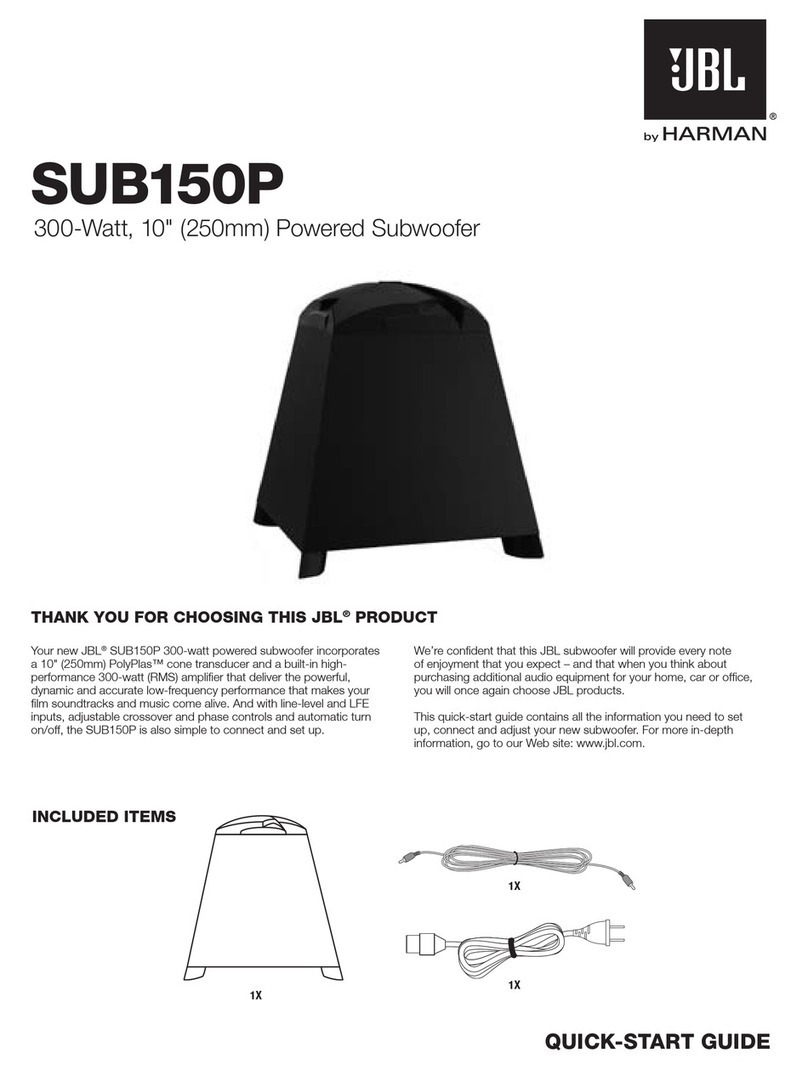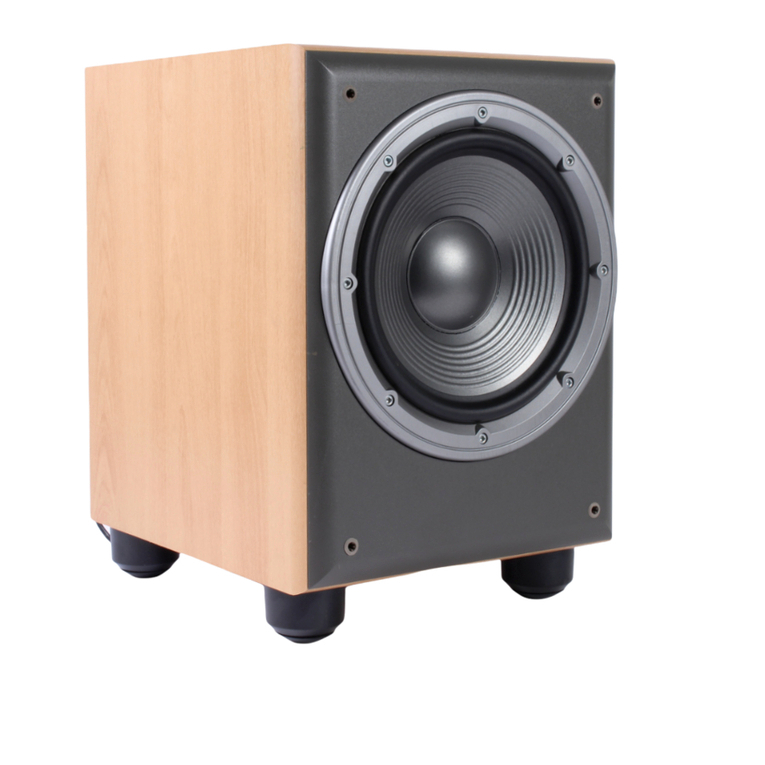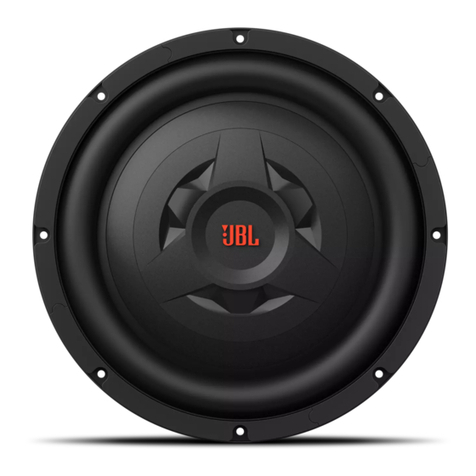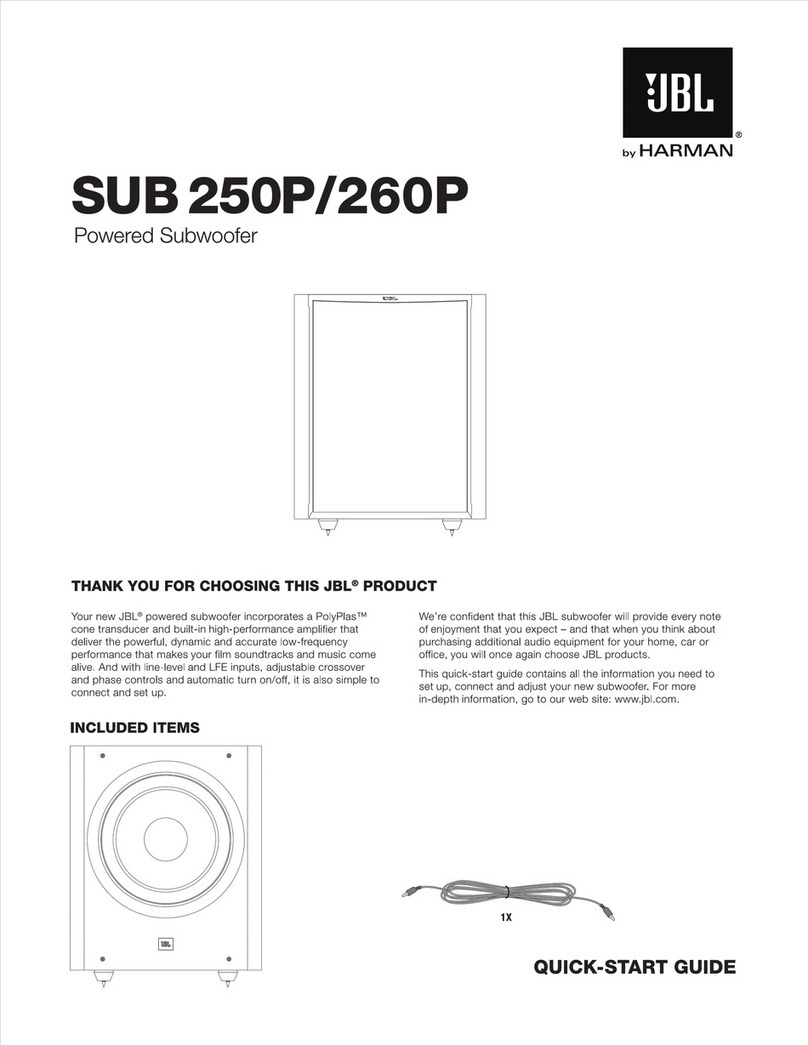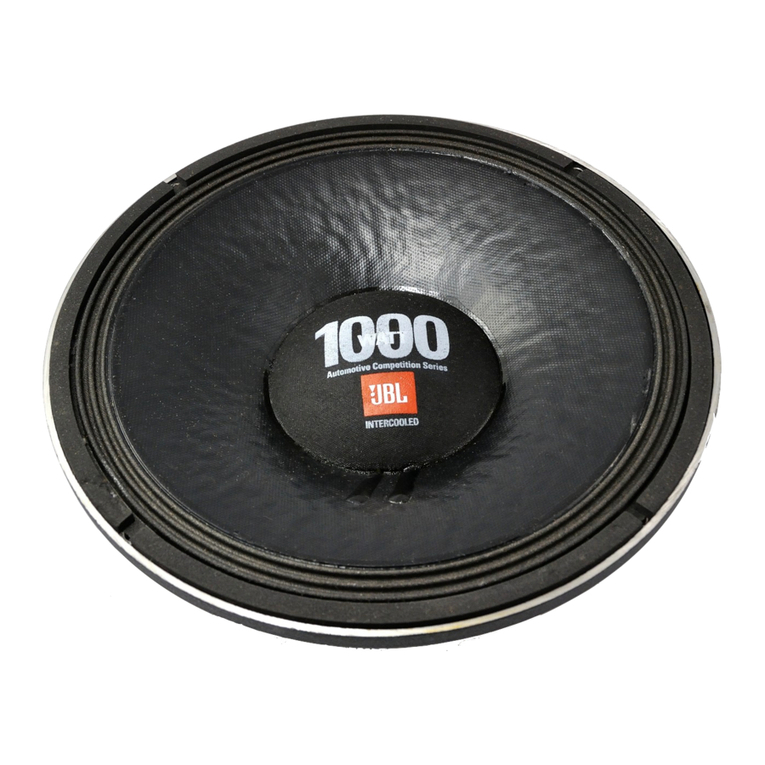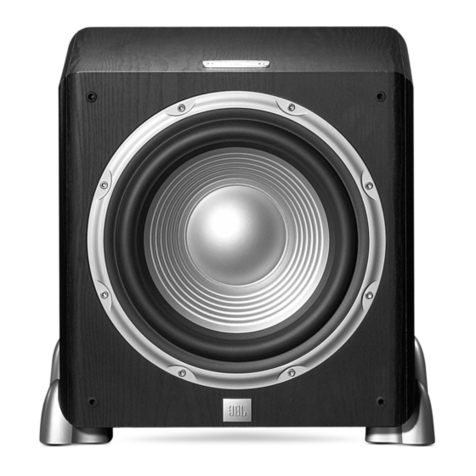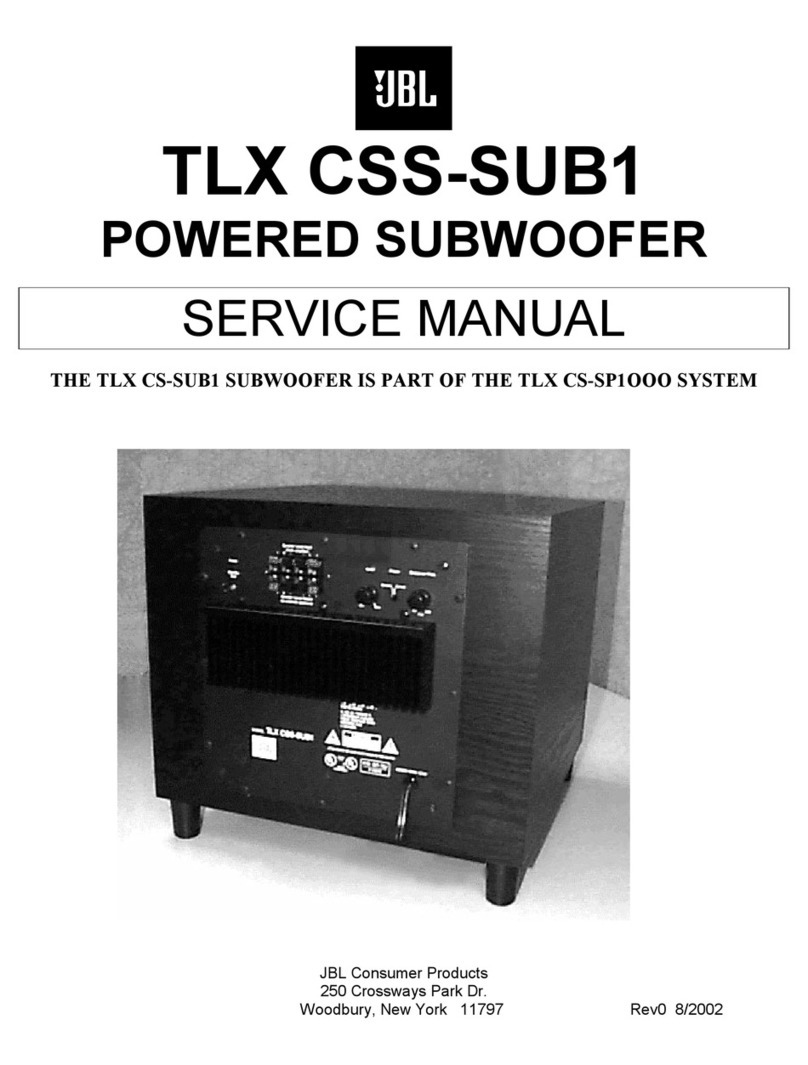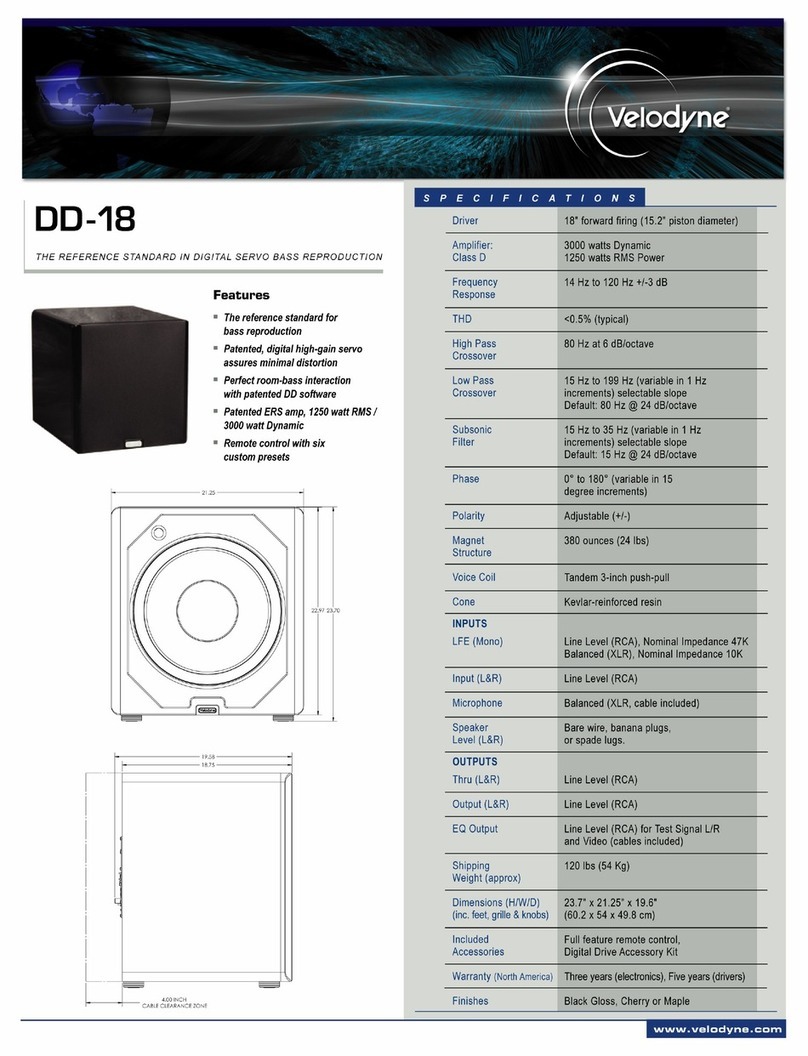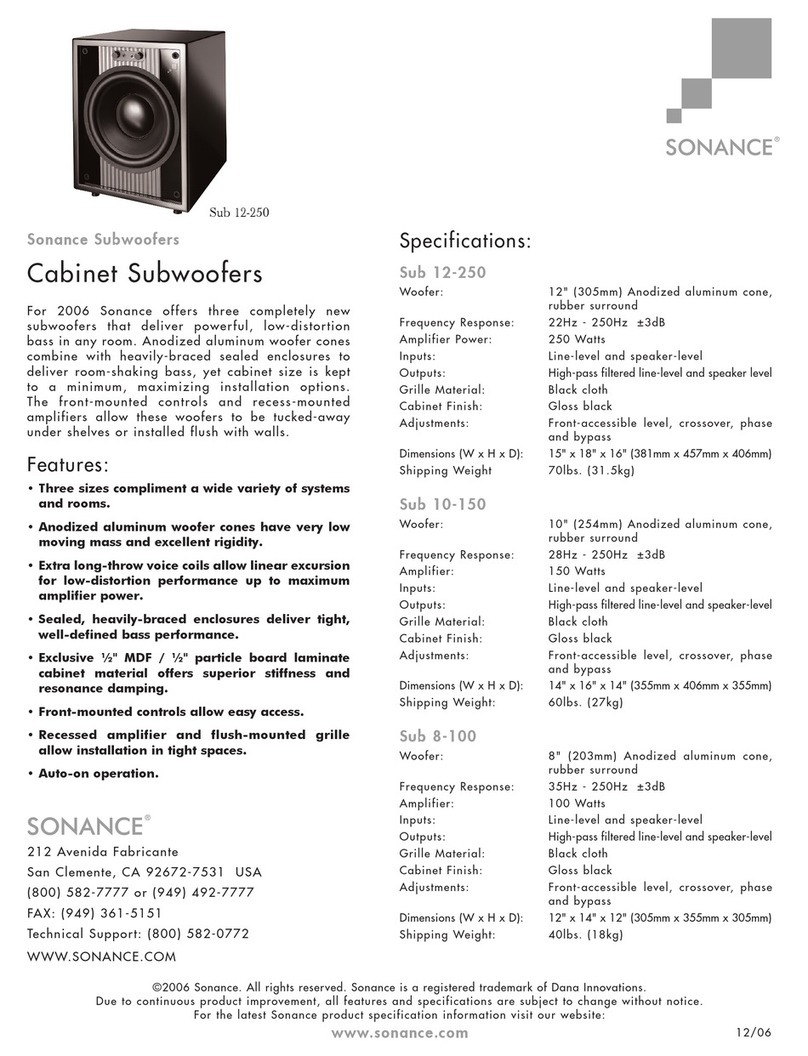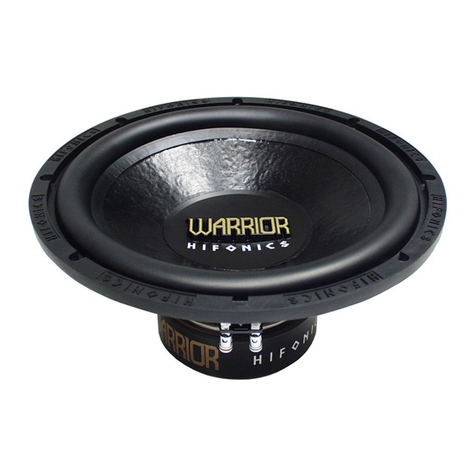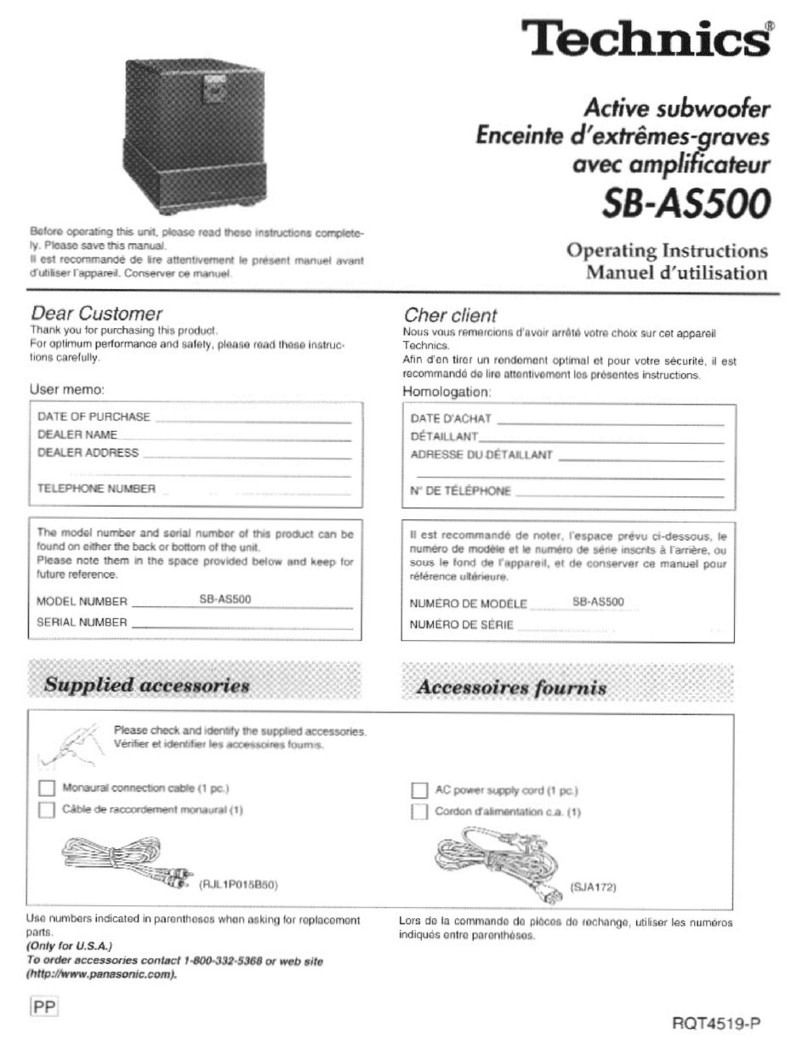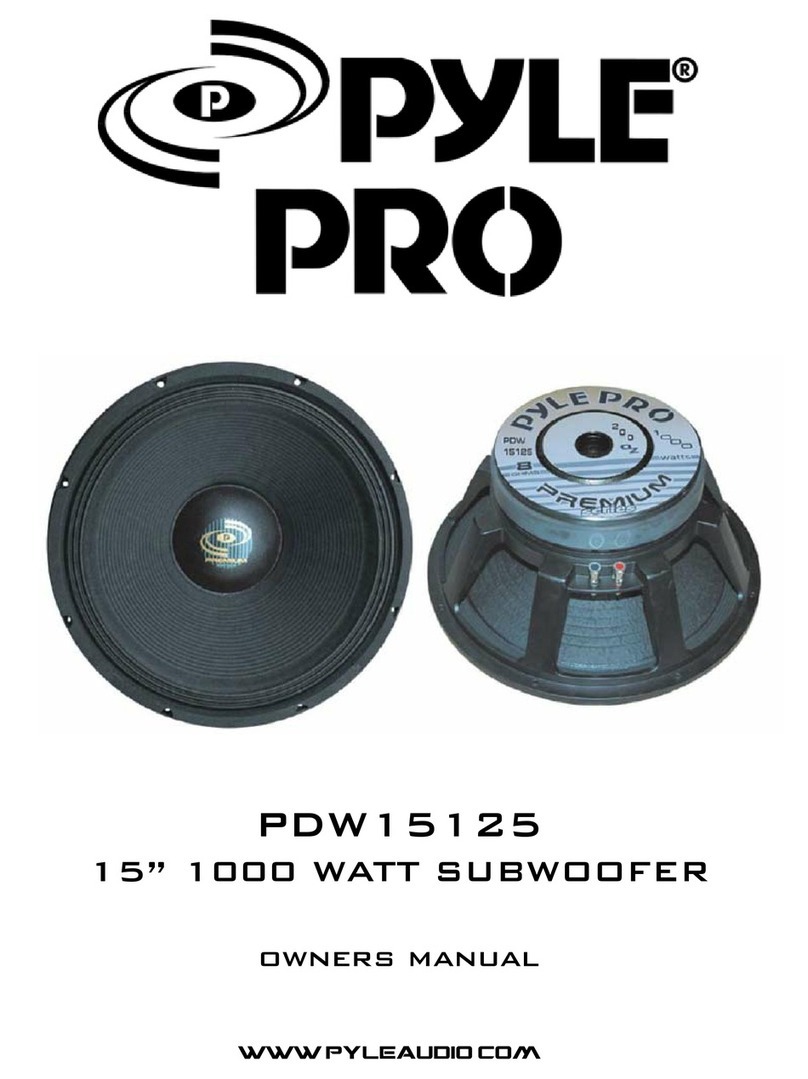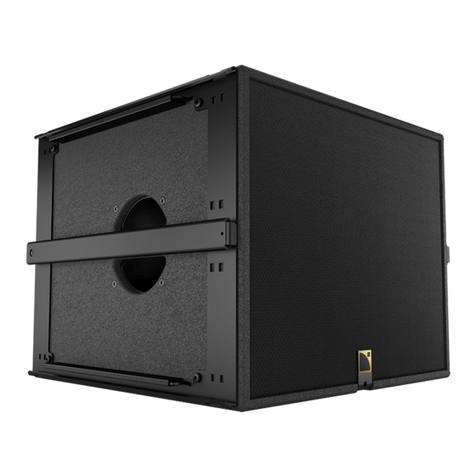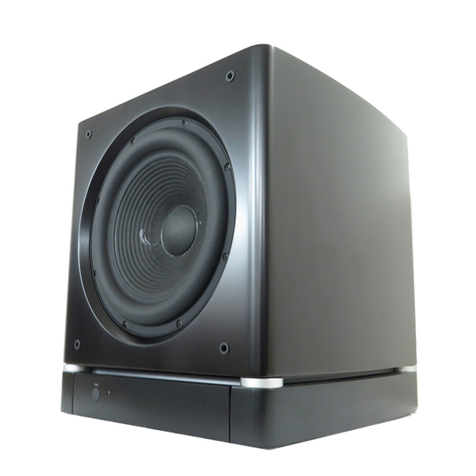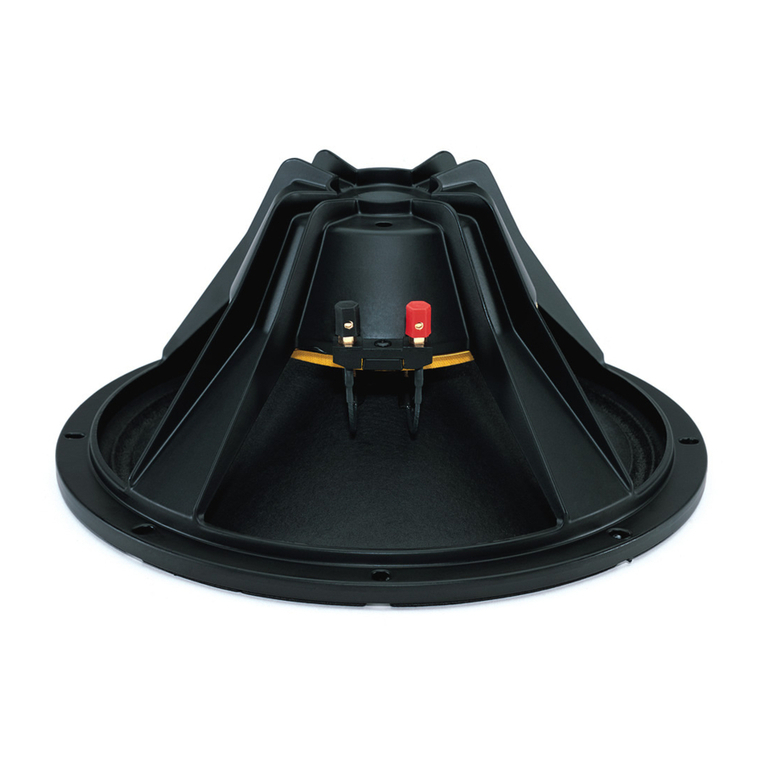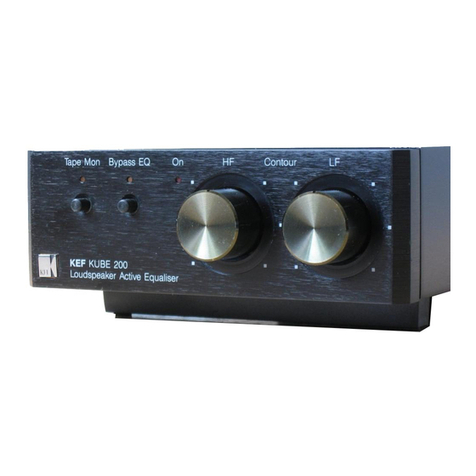9
begins to play. The LED turns
green. After approximately 3
minutes of non-use (no signal
being received), your PS
subwoofer goes into the auto shut-
off mode. The LED turns RED to
signify this stand-by condition.
AMBER - The LED turns amber
briefly when the amplifier is in the
protection mode. This occurs
when the subwoofer power switch
is turned on while your
receiver/T.V. /source amplifier is
sending a signal to the PS
subwoofer.
NOTE: When the amplifier is in
the stand-by mode it is effectively
turned off. The Red LED tells you
that the PS subwoofer is plugged
into the AC wall power with its
power switch turned on, but the
amplifier circuitry is not engaged.
You do not have to reach to the
back panel and turn the power
switch off after every use. Your PS
subwoofer turns itself off internally.
For extended periods of non-use
(ie, vacations, etc.) you may wish
to turn the PS subwoofer off using
the power switch.
PLACEMENT -
CAUTION: Do not
place your PS subwoofer next to
heaters, furnaces, or any other
heat sources. Be sure not to pinch
or compress the power cord.
Since the low frequencies
produced by your PS subwoofer
are non-directional, the placement
of your subwoofer is not critical.
You may place it under an end
table, next to the wall, next to T.V.,
anywhere you would like.
CROSSOVER FREQUENCY
Use the crossover frequency knob
to adjust the upper end of the
subwoofer's frequency response.
The crossover control determines
the highest frequency your
subwoofer will reproduce. It allows
a seamless transition from
subwoofer to satellite speakers.
When using small satellite
speakers (without much low end),
you want the crossover frequency
more toward the upper end (200
Hz) to fill in the sound your
satellites can't reproduce. When
using larger main speakers, a
setting more towards the 50 Hz
end gives a smoother transition
from your PS subwoofer to your
main speakers. Experiment until
you find a setting that meets your
satisfaction.
MULTICOLOR LED INDICATOR
OPERATION
The LED on the front of the
enclosure signifies the following
operation states of the PS
subwoofer:
RED - When your PS subwoofer
isn't receiving a music or source
signal and the power switch is
turned on, the LED indicator turns
REDtelling you that the unit is
plugged in and ready for
operation. At this time, the
amplifier is in a "stand-by" mode,
effectively turned off and waiting
for a signal from the source
amplifier.
GREEN - When your PS
subwoofer picks up a source
signal, it turns on instantly and
PS manual[P].qXp2 7/27/98 3:24 PM Page 8
